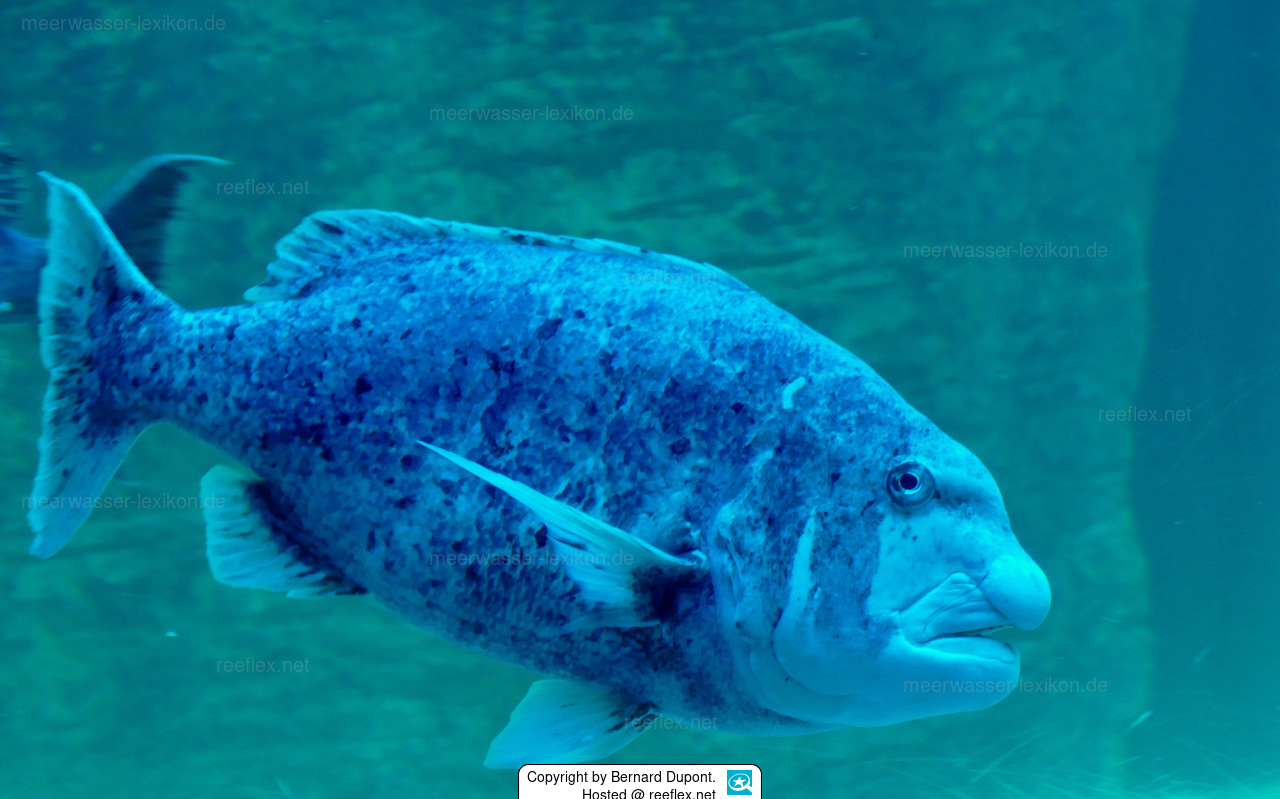Info
Cymatoceps nasutus is the only species of the genus Cymatoceps, and no subspecies exist.
The shellcracker is a solitary species that feeds mainly on mollusks, crustaceans and echinoderms as adults
Adults of this species reside on deeper, high-elevation reefs near shore and offshore, while juveniles use shallow reefs below intertidal depth (
The shellcracker is a solitary species that feeds mainly on mollusks, crustaceans and echinoderms as adults
Adults of this species reside on deeper, high-elevation reefs near shore and offshore, while juveniles use shallow reefs below intertidal depth (







 Bernard Dupont, Frankreich
Bernard Dupont, Frankreich



